UP TO THE MINUTE
Roofing revolution part 2: Smart roofing
October 20, 2025 at 12:00 p.m.By Marco Industries.
With smart home adoption on the rise, roofs are getting smarter, too.
Smart homes devices are shifting from novelty to near necessity. Voice assistants like Amazon Alexa and Google Home are now standards in millions of households, allowing users to dim lights, play music, set kitchen timers and get weather updates with a simple command. Apps can remotely control air conditioning, lock doors and monitor security cameras in real time, all from a smartphone. These once-futuristic features are quickly becoming the new standard for how we manage comfort, safety and efficiency at home.
Roofing is set to become part of this connected ecosystem. In part one of our roofing revolution series, our team at Marco Industries explored the possibilities 3D printing and self-healing materials can have in shaping the industry. For part two, we are excited to highlight smart roofing as the next frontier in residential and commercial building innovation.
Smart roofing
One example of “the-future-is-here” technology making waves in our industry is smart roofing. Smart roofs integrate sensors, cameras and connectivity to monitor and control various roof aspects. They can detect leaks, blocked drains, heavy snow loads and more. They can track roof temperature fluctuations and control the humidity, temperature and airflow of the building. They can remotely control skylights and integrate with solar panels, sensing the peak times to convert this light into electricity.
Smart roofs often use IoT technology in order to sense and react to environmental conditions that can affect the home. IoT — the Internet of Things — refers to the network of physical objects, or “things,” embedded with sensors, software and network connectivity, enabling them to collect and exchange data over the internet. This allows for communication and interaction between people, processes and things, creating a seamless and connected physical and digital world. For smart roofs, this is accomplished through interactive sensors that cover the roof. They communicate, relaying information to one another in order to adjust the roofs settings such as ventilation and absorbing solar energy.
In addition to solar-integrated systems and sensor-equipped materials to detect leaks, damage, insulation gaps and more, smart roofs can also incorporate other technologies. For instance, cool- or white-roofing technology uses reflective coatings or materials to “bounce away” more solar energy than a regular roof. By reflecting this energy rather than absorbing it, the roof helps keep interiors cooler which saves on energy costs.
Green roofing systems are also on the rise. This smart-roof choice uses a layer of plants to trap rainwater, insulate buildings and lower urban temperatures. This eco-friendly option can reduce building cooling costs by up to 70% and indoor air temperatures by 27°F compared to conventional roofs. They can retain up to 70-90% of precipitation in the summer. Proponents say green roofs can increase property values by 7-11% and have a lifespan of 40-50 years.
Phase-changing materials (PCMs) are another smart-roof technology that’s making waves. Studies have shown that PCMs can reduce internal surface heat flux by approximately 12-17%. By absorbing and releasing heat, they help maintain stable indoor temperatures, keeping indoor spaces comfortable year-round without excessive HVAC use, which reduces energy consumption and cost and eases the load on a community’s utility grid by reducing peak demand for heating and cooling.
Ideally, smart roofing systems would be part of an entire smart home. Here, these innovations could integrate with other smart elements to give the home or building owner access to full performance data of the structure, allowing them to monitor and adjust settings accordingly. But even on their own, smart roofs are a great benefit to a building’s sustainability and will help save costs over time.
Thanks to technology, roofs are no longer simply passive protection for structures. Today’s smart roof is a tech-heavy system that actively contributes to a home or building’s safety, efficiency and longevity.
This is the second of a three-part series. Next up: robotics and AI.
Original article source: Marco Industries
Learn more about MARCO Industries in their Coffee Shop Directory or visit www.marcoindustries.com.


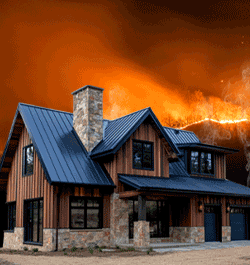




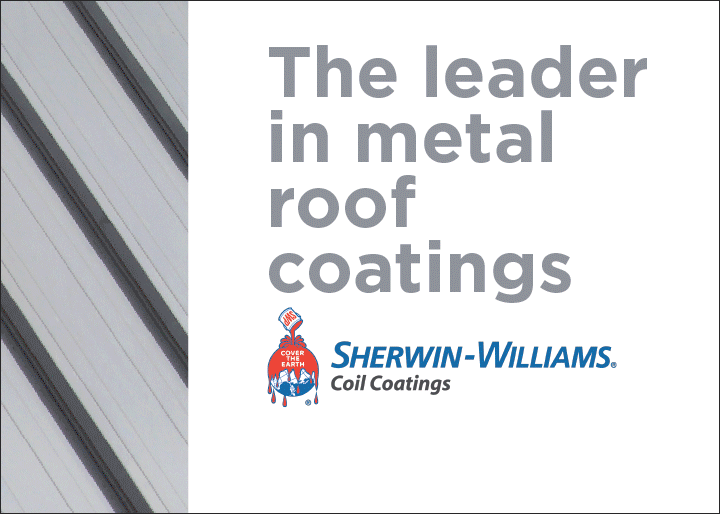
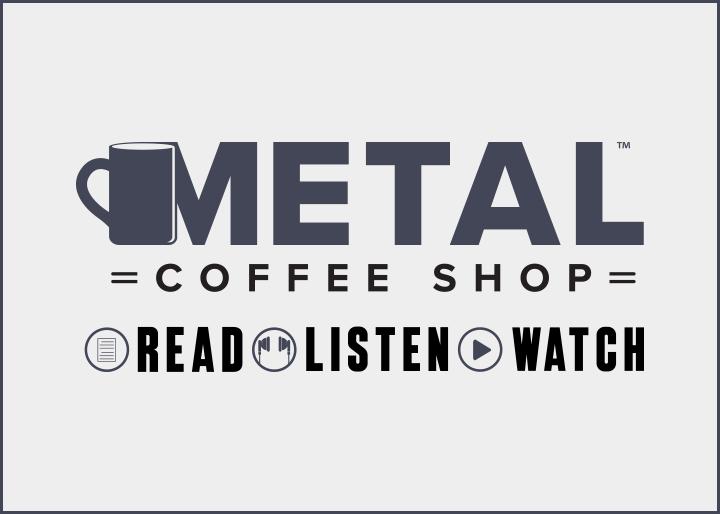

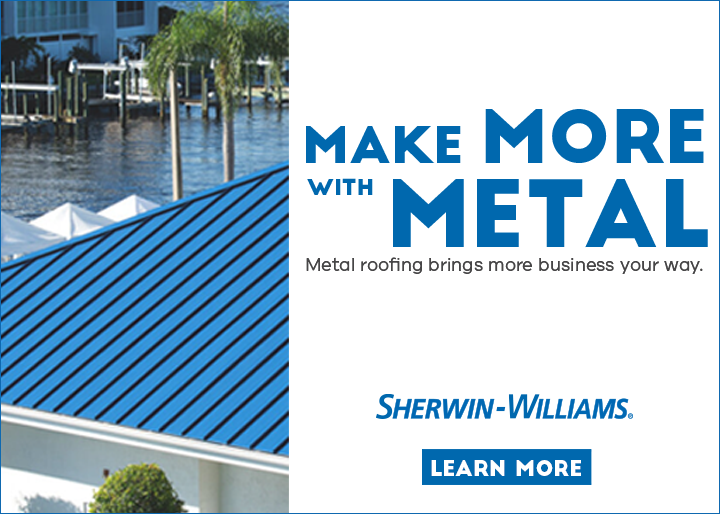
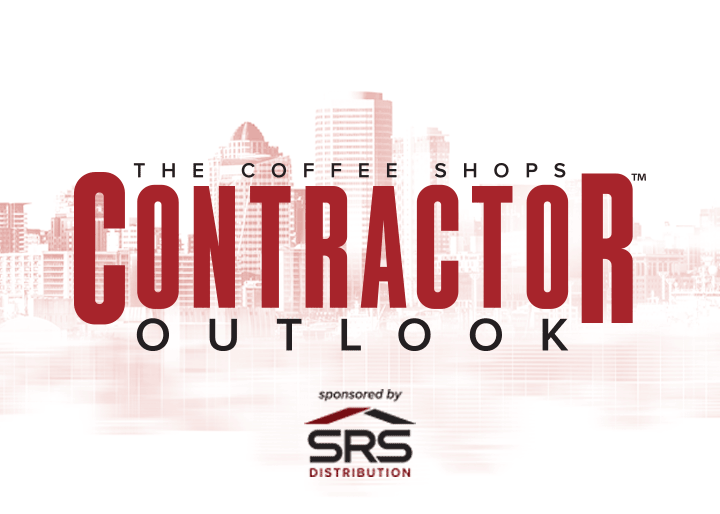
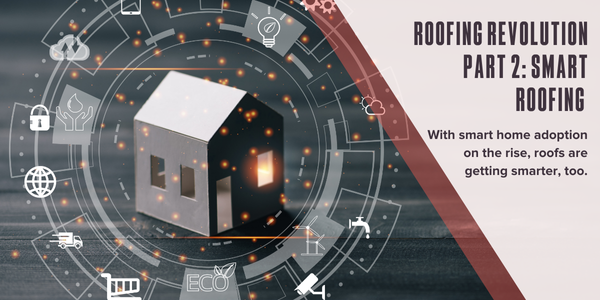
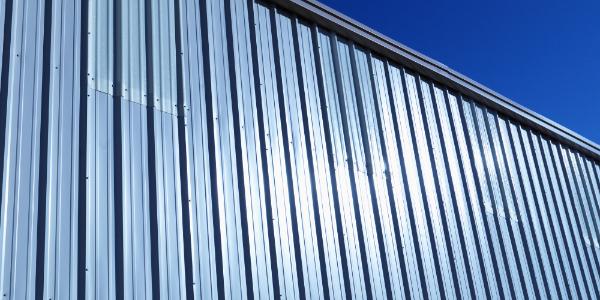
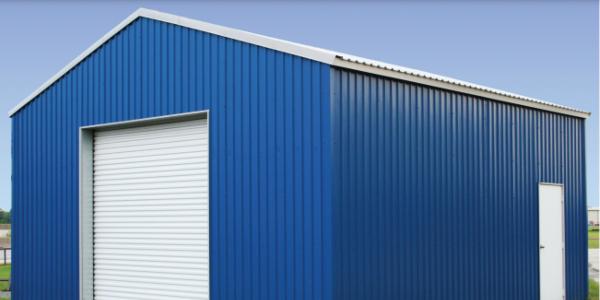




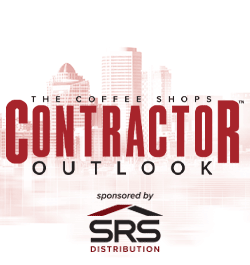


Comments
Leave a Reply
Have an account? Login to leave a comment!
Sign In